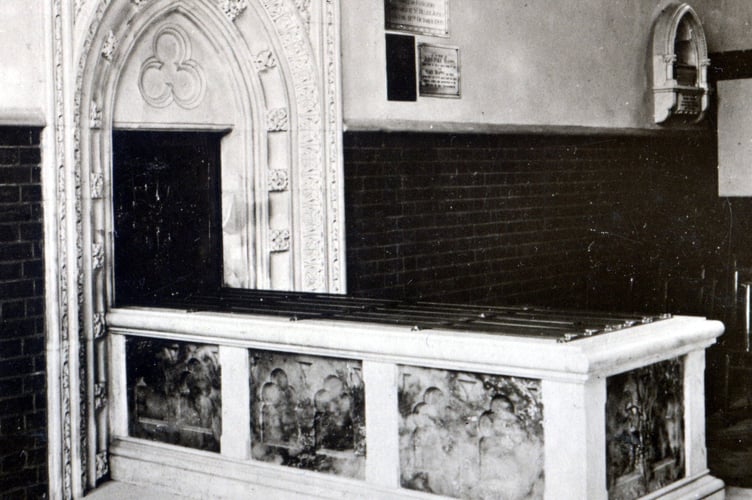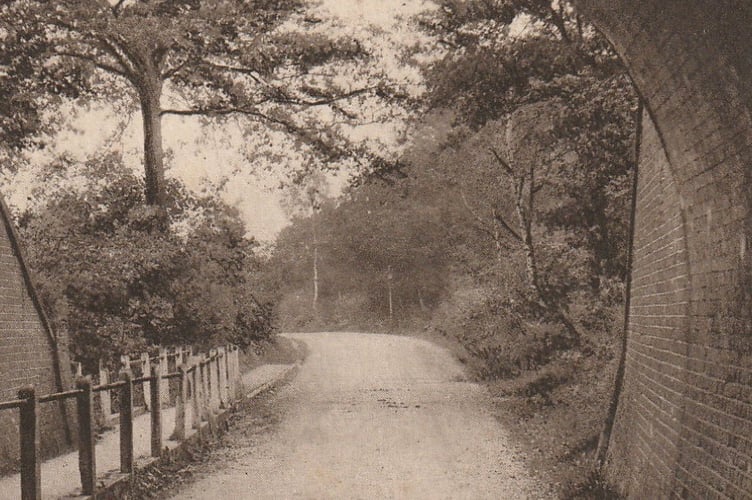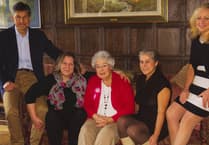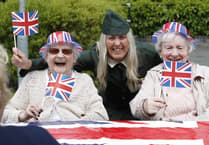A COUPLE of decades ago, long before smartphones and social media, it was much more usual to send and receive picture postcards and the summer holidays, with “wish you were here” messages from some sunspot, were the busiest period.
However, in the first few decades of the 20th century postcards were being sent through the mail in enormous quantities all year round. And such was the interest in this quick form of communication that all kinds of views were offered by a plethora of postcard publishers.



Postcard were first sent in 1869 on the Continent and were introduced to Britain in the following decade.
As well as the typical landmark views of buildings and well-known features in town and country, somewhat obscure views were also published, which might seem strange today. But for those of us interested in how life was and looked in times gone by they can be truly fascinating.
Here are four picture postcards from the Woking area that reflect the more unusual subject matter and a bit of history to go with them.
The postcard captioned “THE GARDEN, WOKING PARK”, looks like it was published sometime between the 1930s and 1950s and a rose garden can clearly be seen.
The park’s origins go back to the early 1900s when the developer Suburban Land Corporation, building homes on Hillview Road and Constitution Hill, sold surplus land on the south side to Woking Urban District Council for a recreation ground.
Largely completed by 1914, it featured the said rose garden, tennis courts, a bowling green and a children’s playground. In about 1920 it was extended on land that had been a refuse tip. It was covered over with topsoil and landscaped, all part of an unemployment relief scheme. The whole area was renamed Woking Park in 1927.
There are a number of postcard views of the exterior of Woking Crematorium, while the one seen here may appear even more unusual today. It’s of the interior of the chapel of the crematorium – the first custom-built crematorium in the UK.
It was founded in 1878 and tested on 17 March 1879, with the body of a horse being cremated.
However, it was not until cremation was made legal in the UK in 1884, that it could be used, the first being on 26 March 1885.
“A GLIMPSE OF NATURE FROM THE LONG ARCH” is the caption on the postcard that looks through a short tunnel made of brick. On the reverse it states the postcard was published by W. Rugleys, Bon Marche, Knaphill, Woking. Therefore, it must be local, but which arch?
I think this is Blackhorse Road, looking towards Brookwood Lye Road. It looks identical today with the footpath, as in this view, on the left, but with a modern fence now.
It carries the main railway line from London Waterloo station, via Woking, to destinations such as Southampton, Bournemouth and beyond.
The construction of the line, originally called the London & Southampton Railway, was overseen by Jospeh Locke, recognised as one of the major pioneers of railway development.
The line reached Woking from Nine Elms in London in May 1838 and reached Southampton in June 1839. Look at that lovely brickwork on the arch, repeated on the bridges and similar structures all down the line!
In railway construction history, Isambard Kingdom Brunel is rightly celebrated for his Great Western Railway. However, Joseph Locke should be better known for his achievements as the line from London to Southampton was conceived from the start as a high speed, easily graded line, which serves the trains who use it today so well.
Staying with transport, here is a view of the well-known Six Crossroads roundabout, photographed soon after it was constructed in 1963.
Roads had converged for many years, while the roundabout project was undertaken by Woking council. It’s said it is one of the most important road schemes it has ever undertaken.



.jpeg?width=209&height=140&crop=209:145,smart&quality=75)

Comments
This article has no comments yet. Be the first to leave a comment.